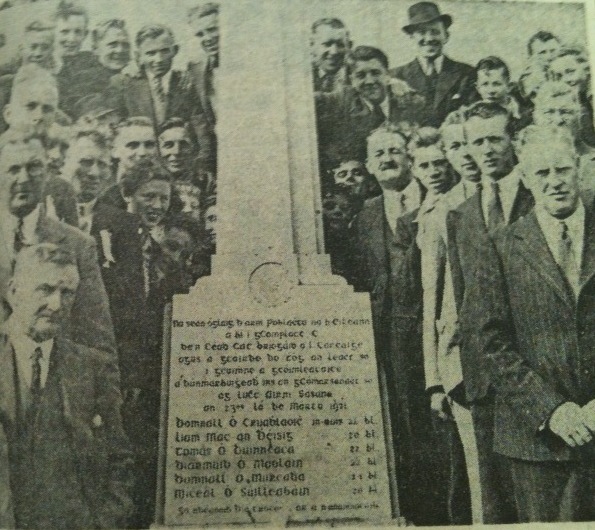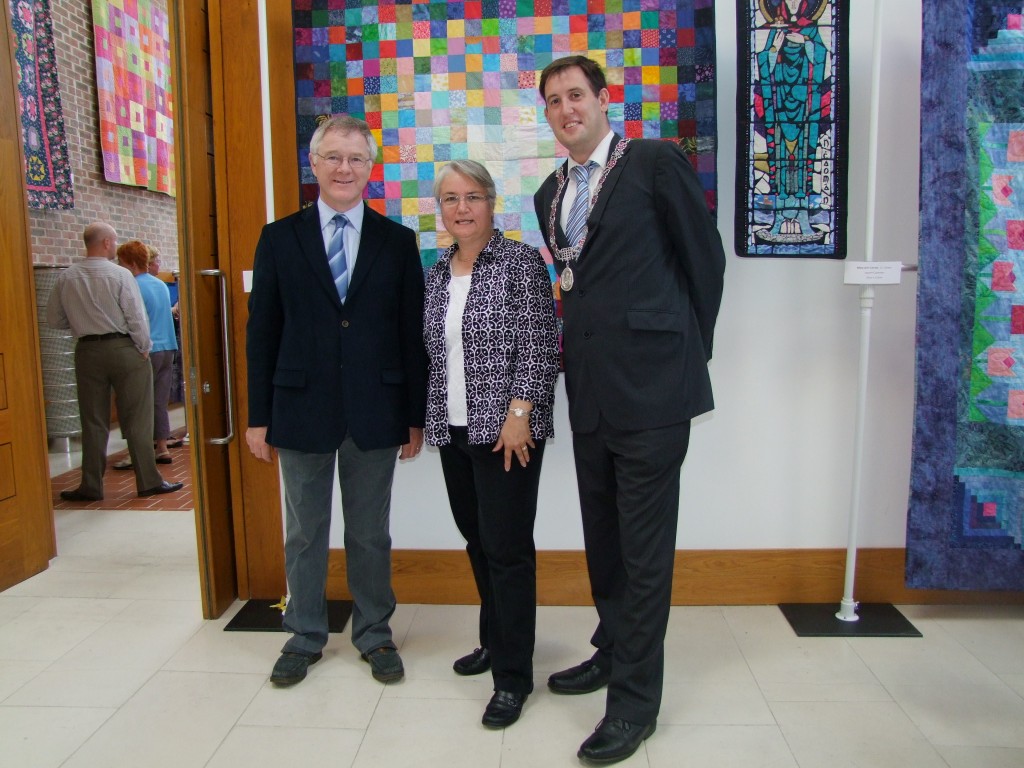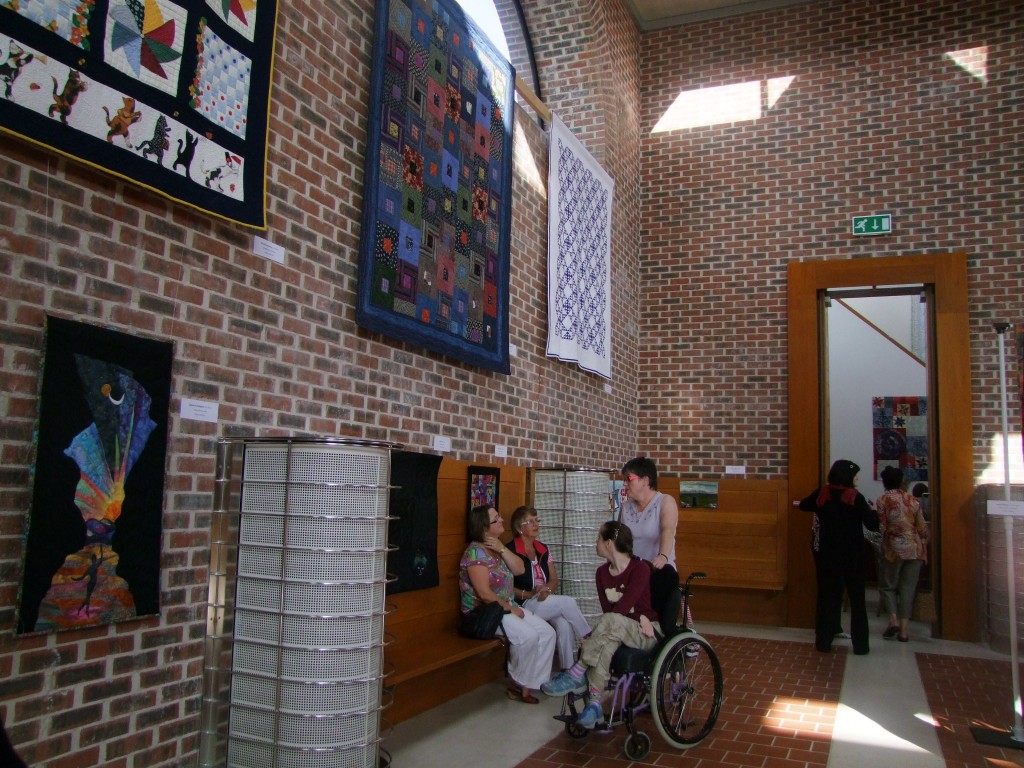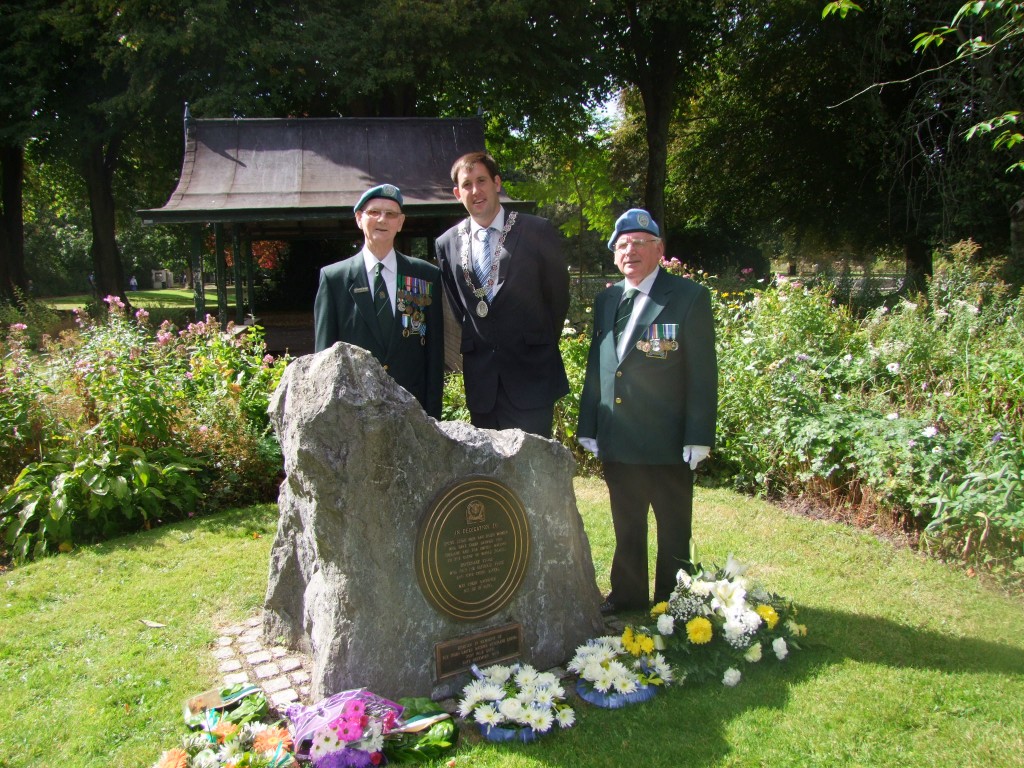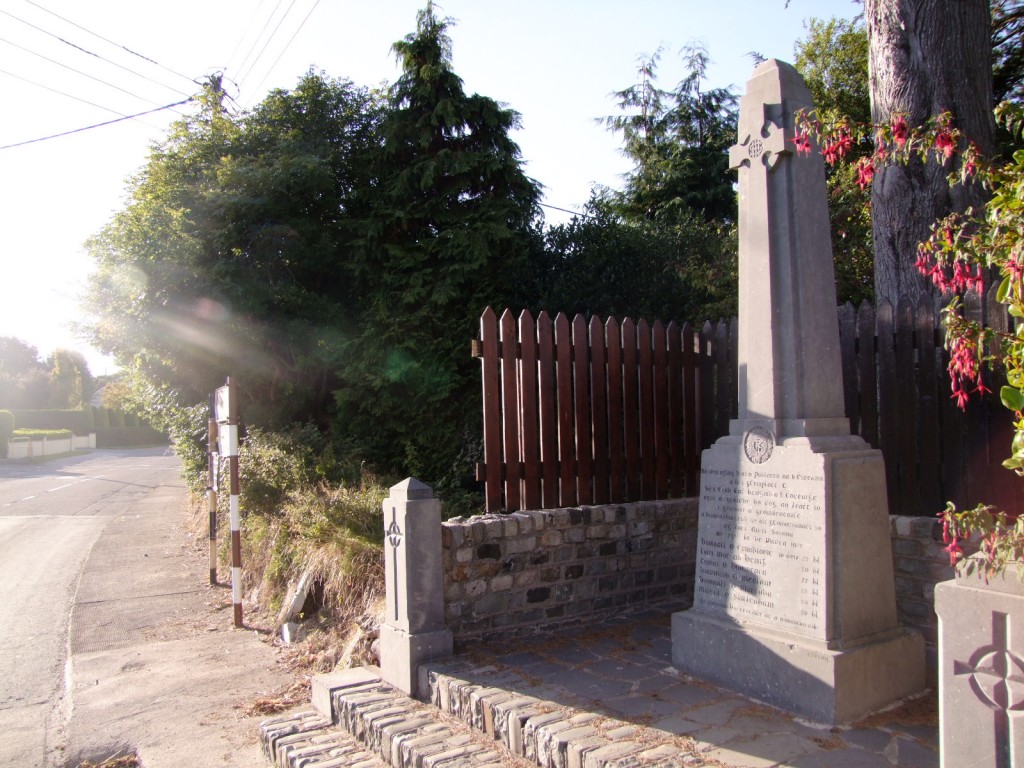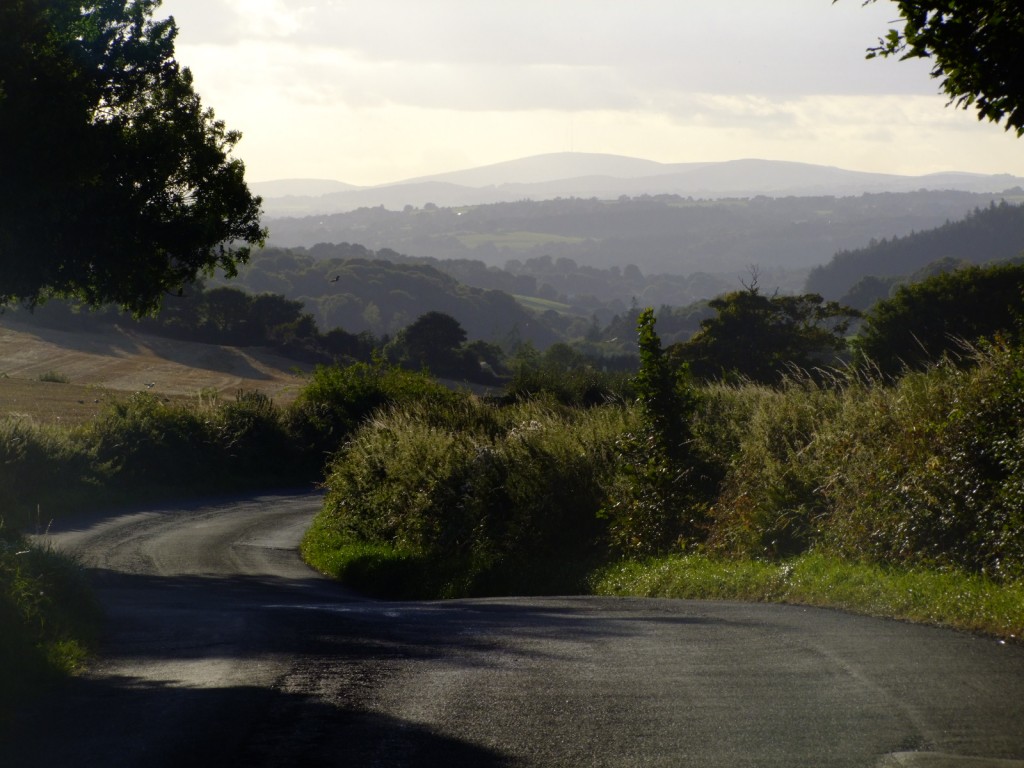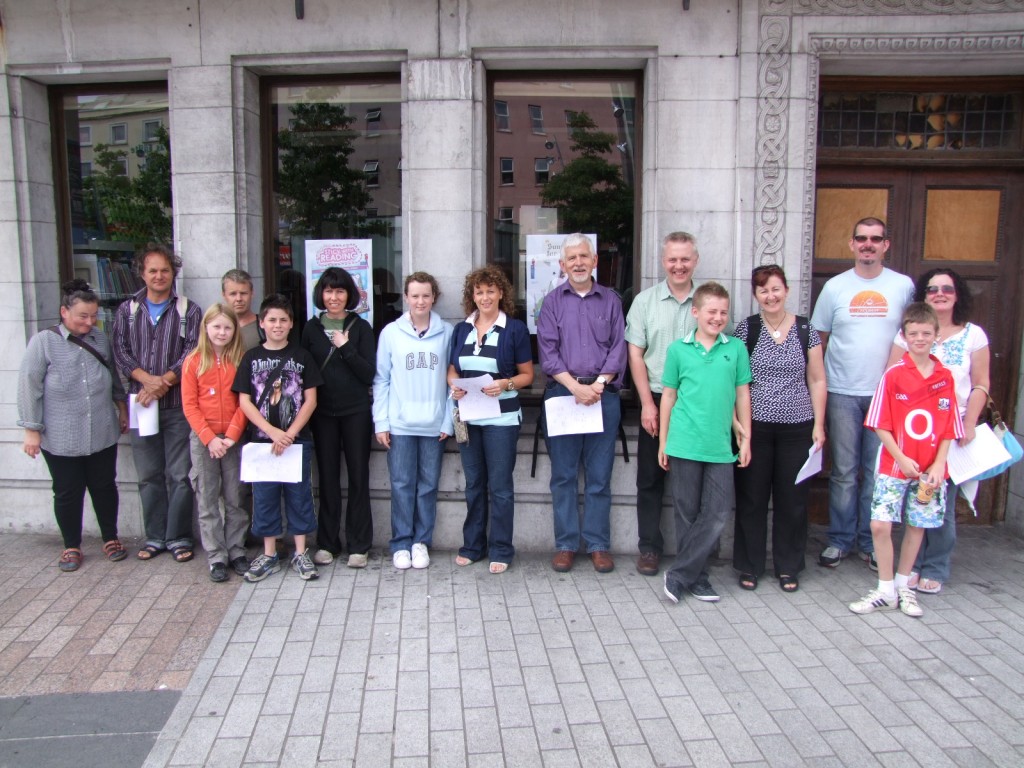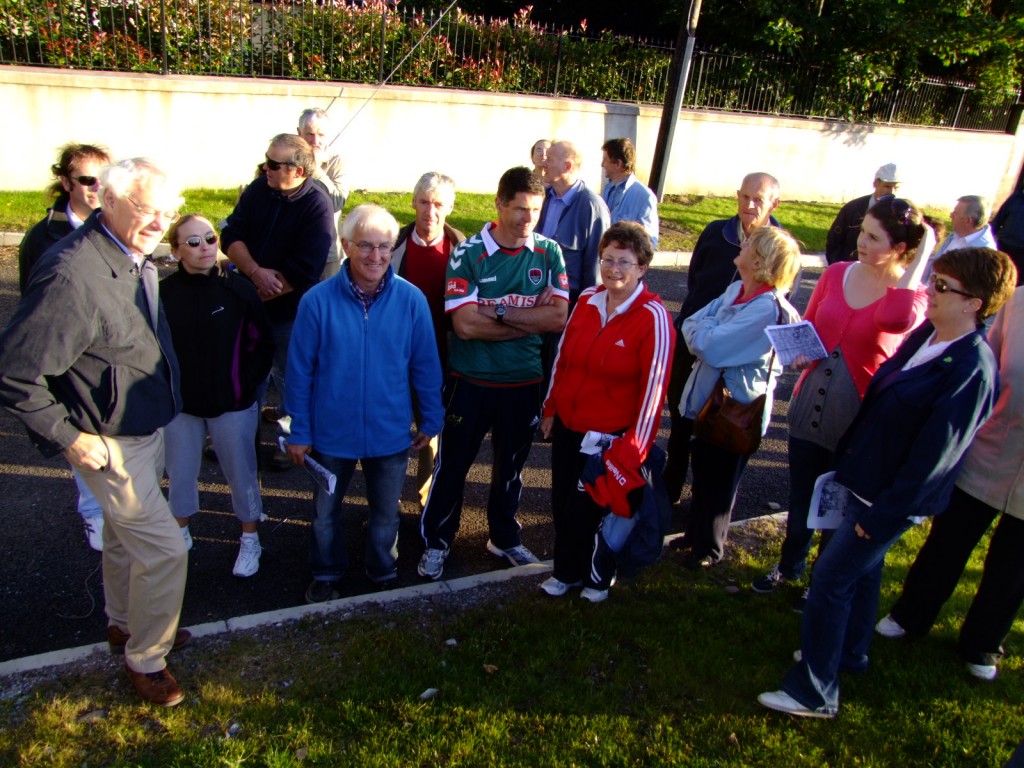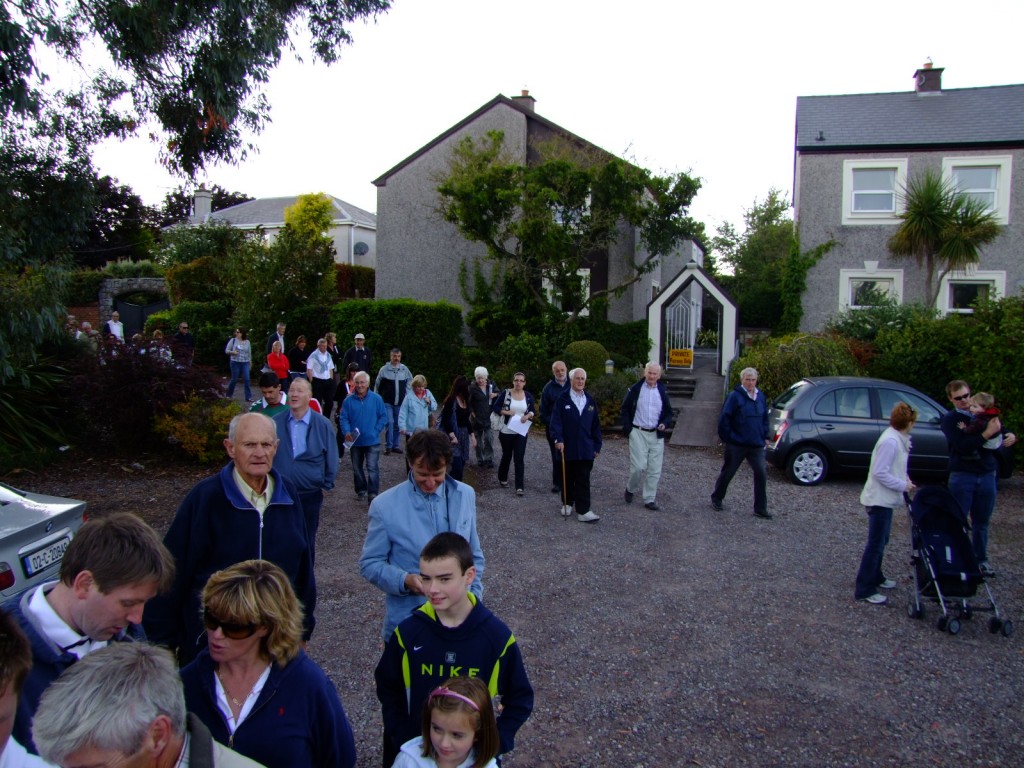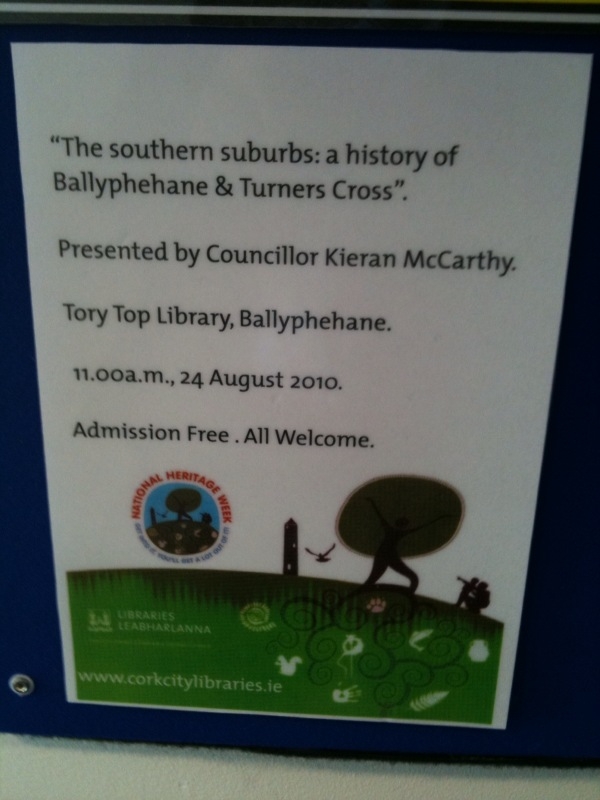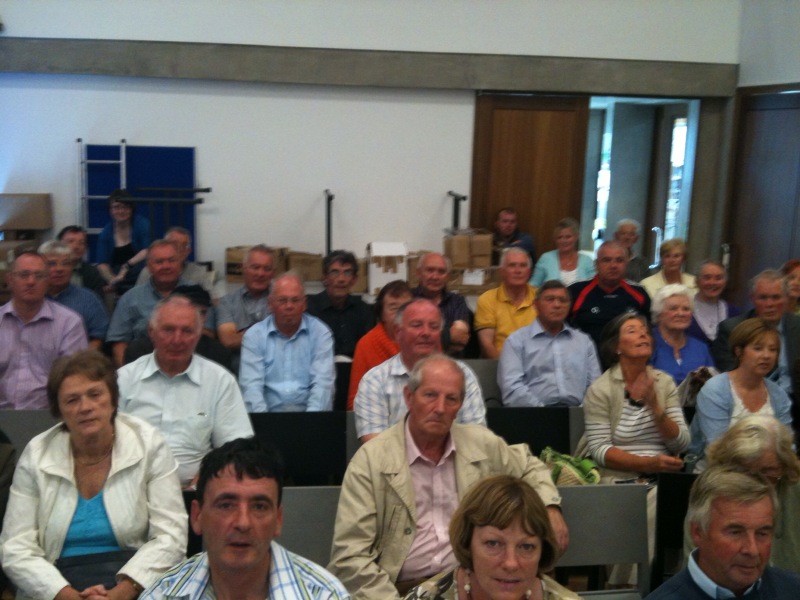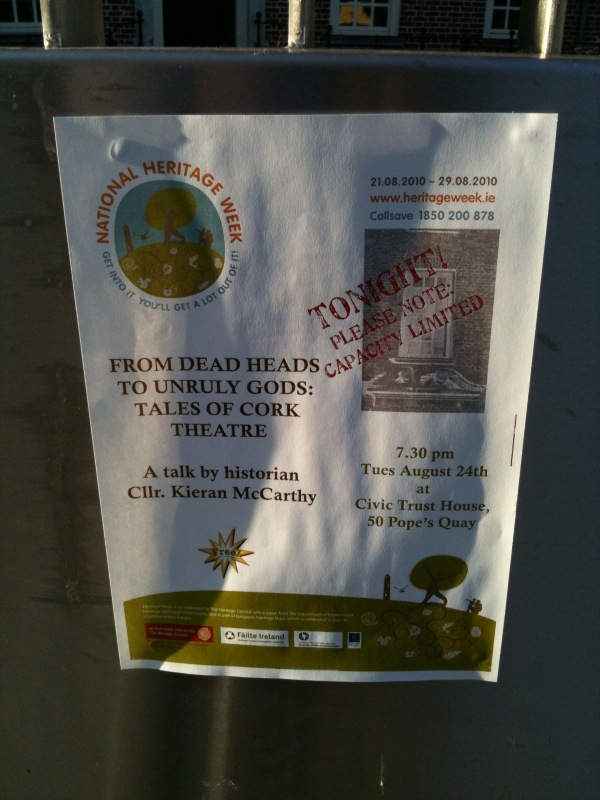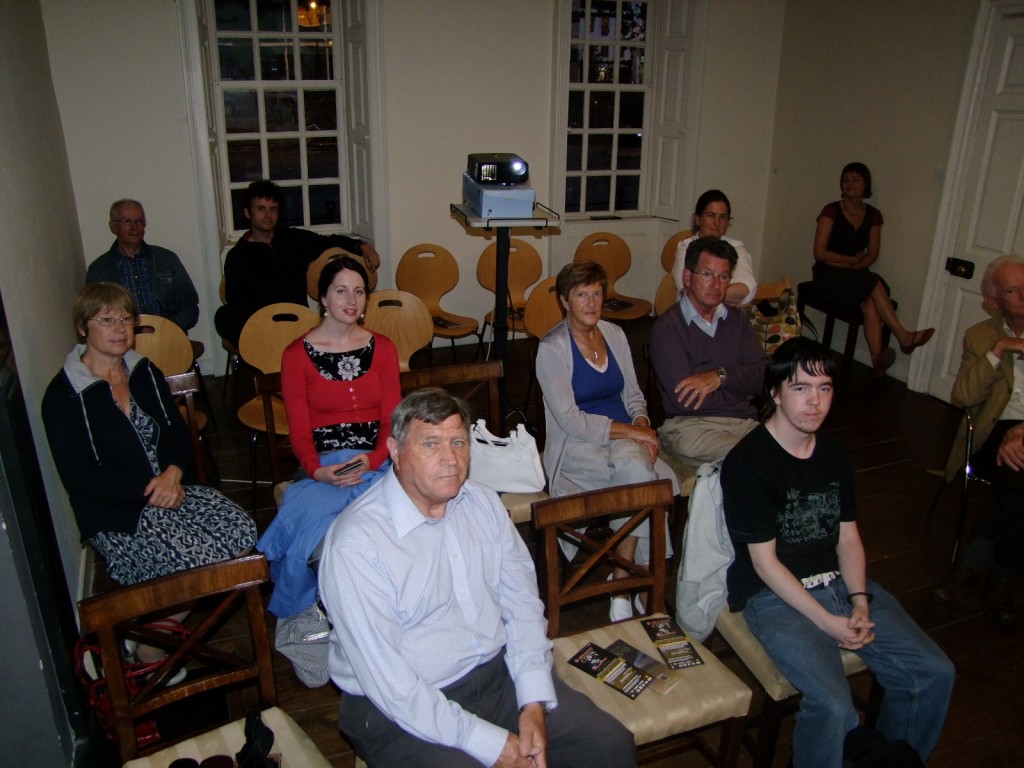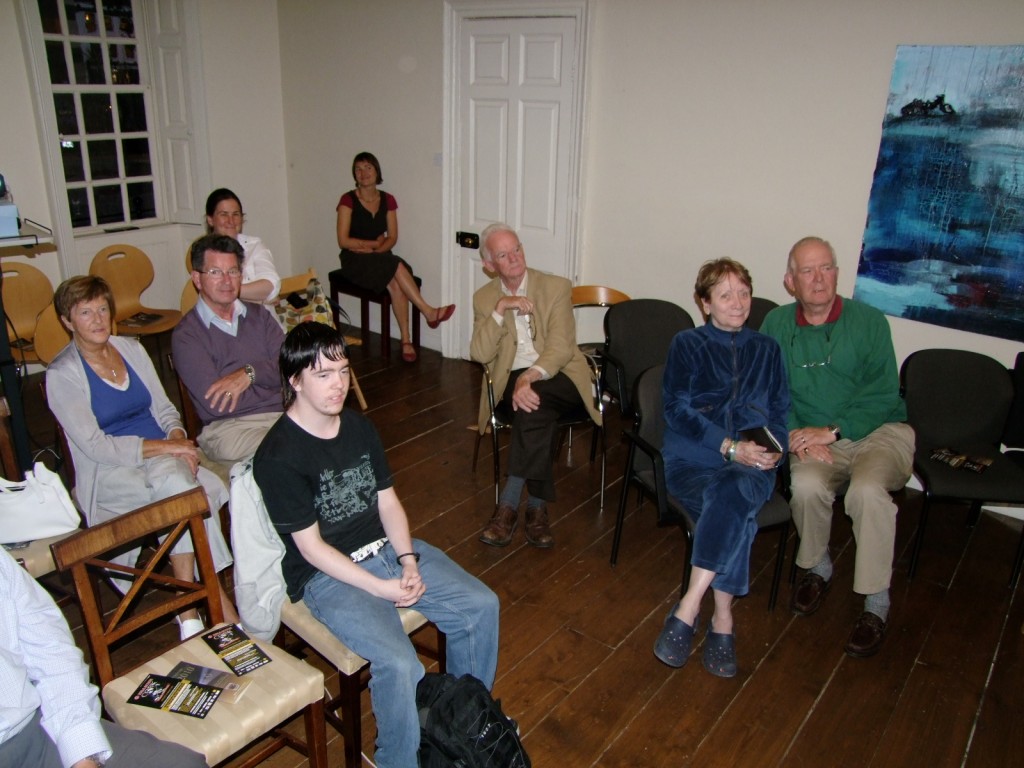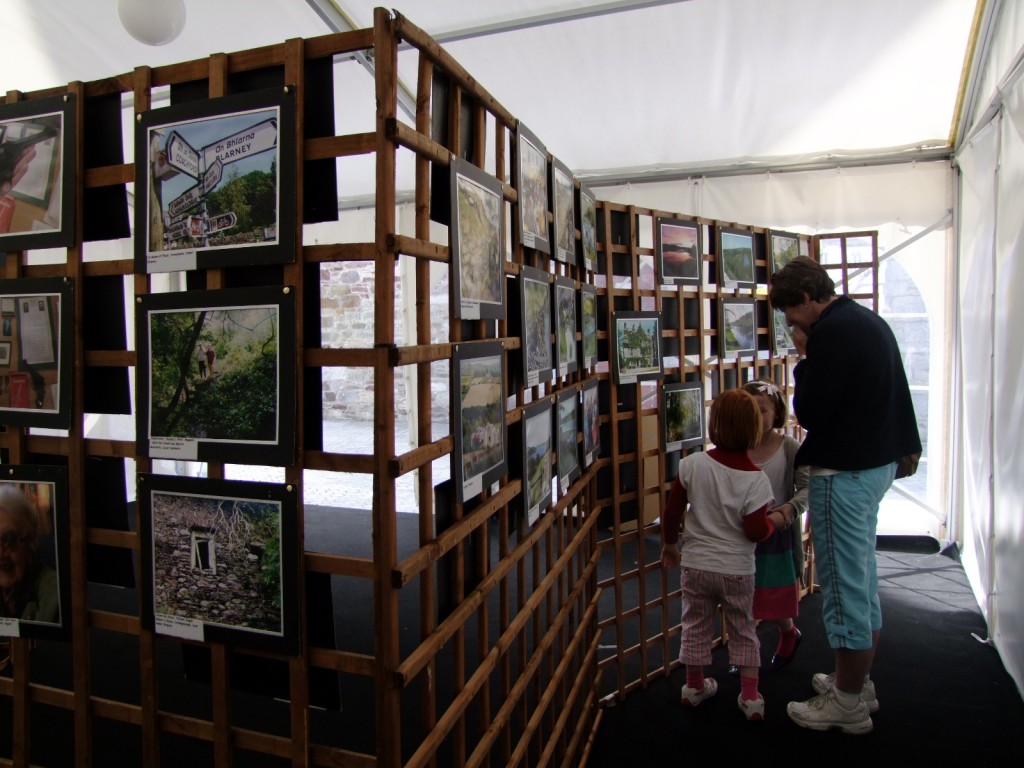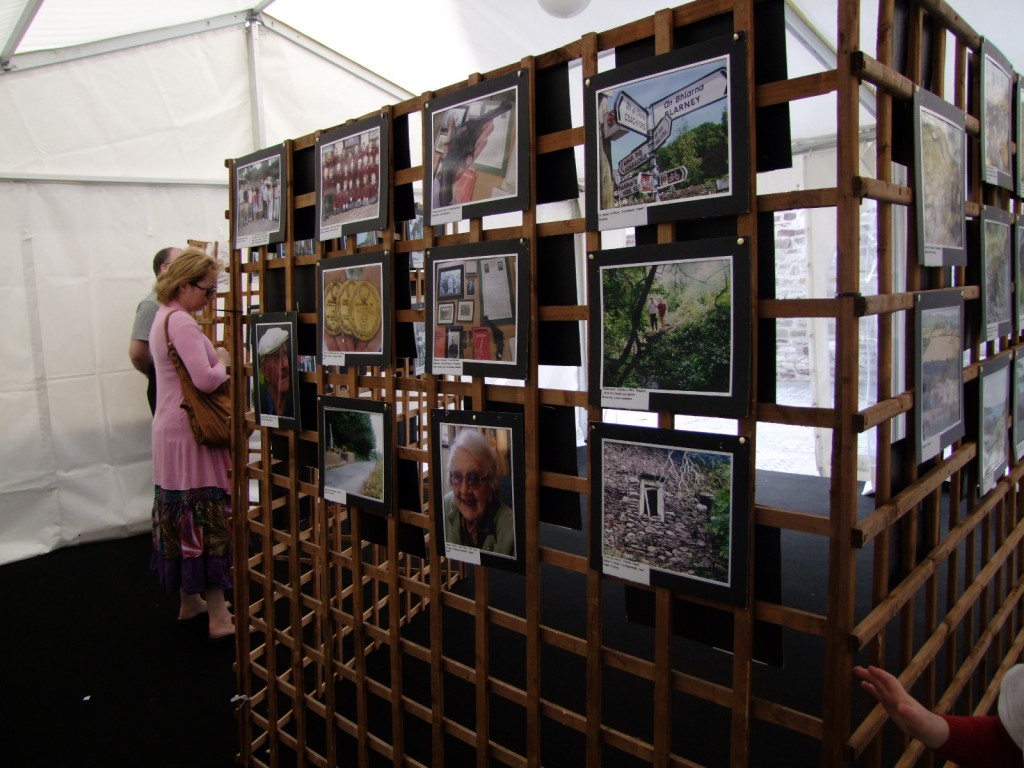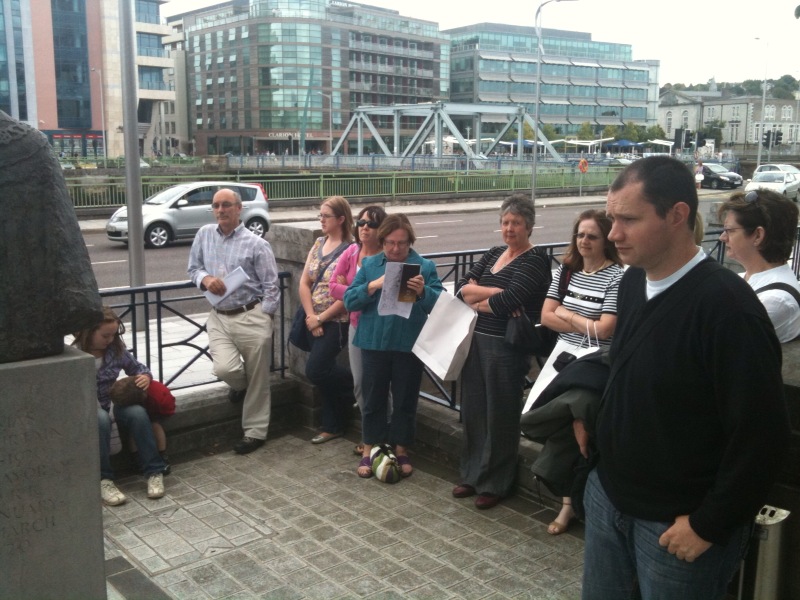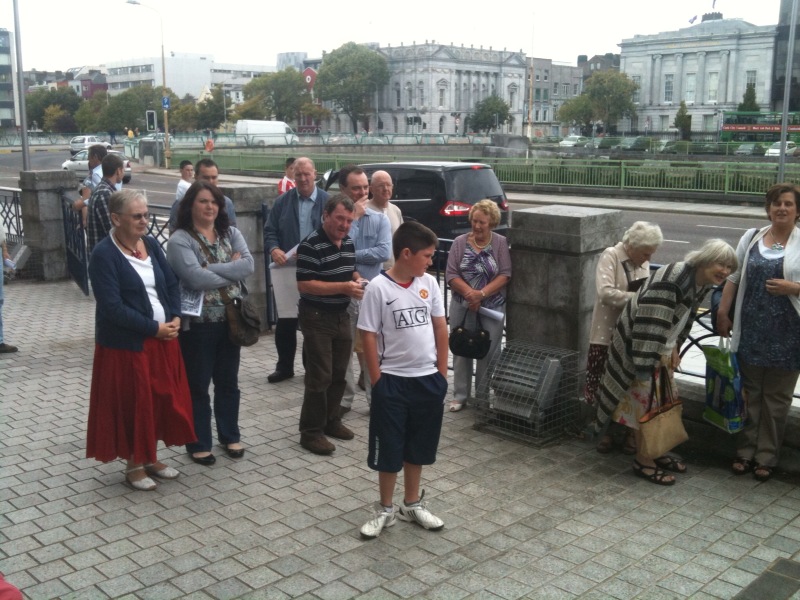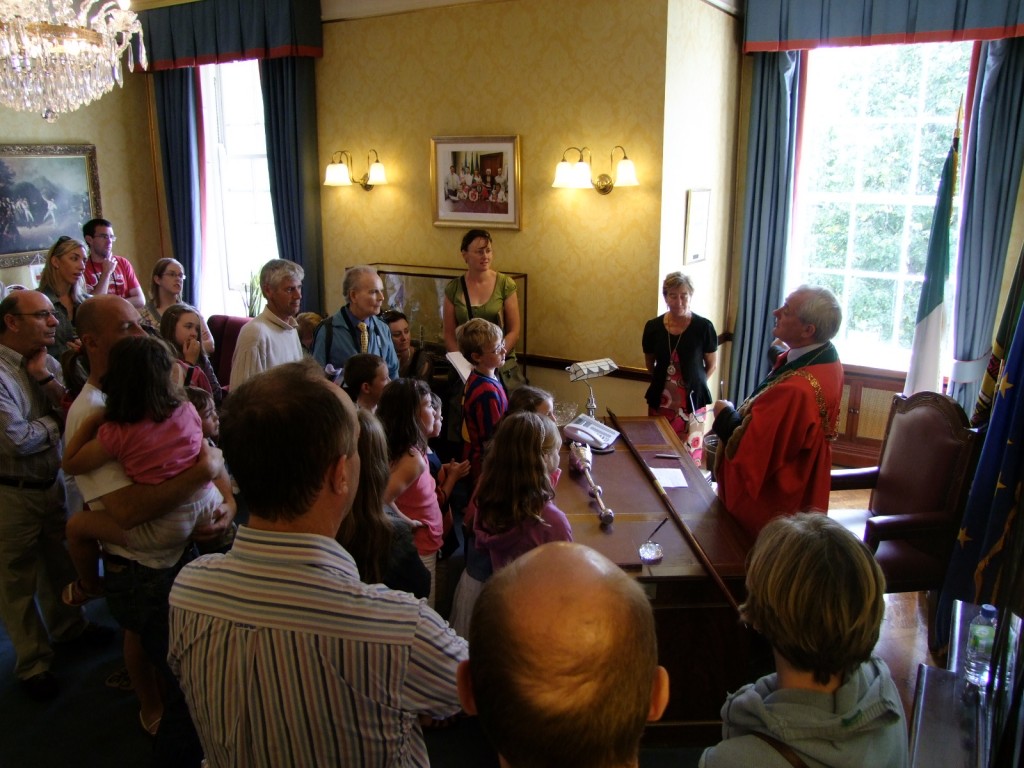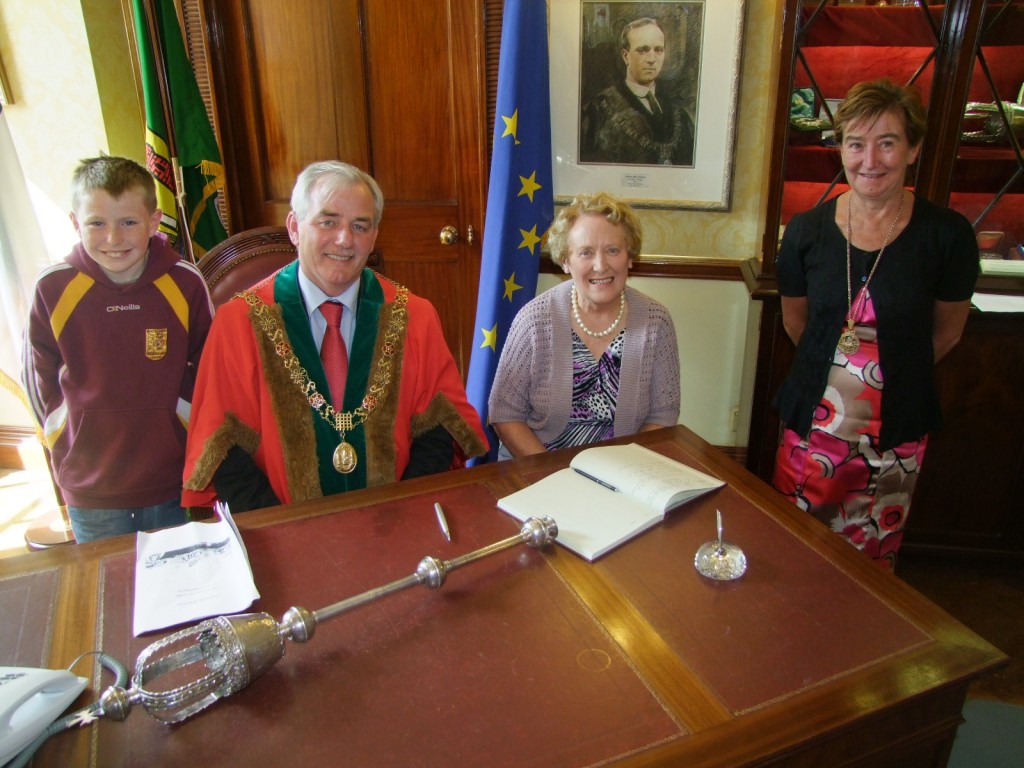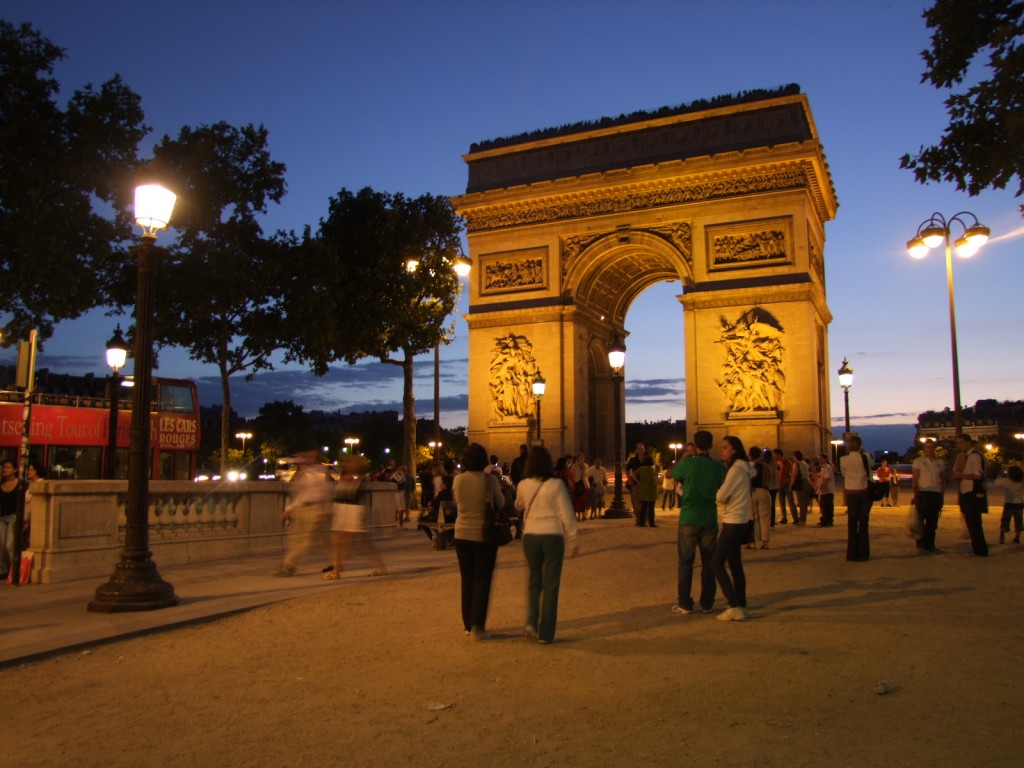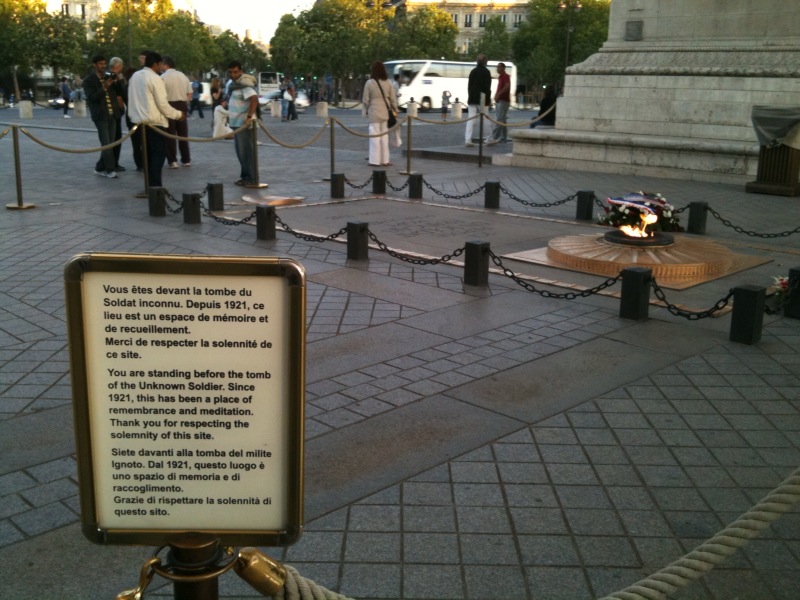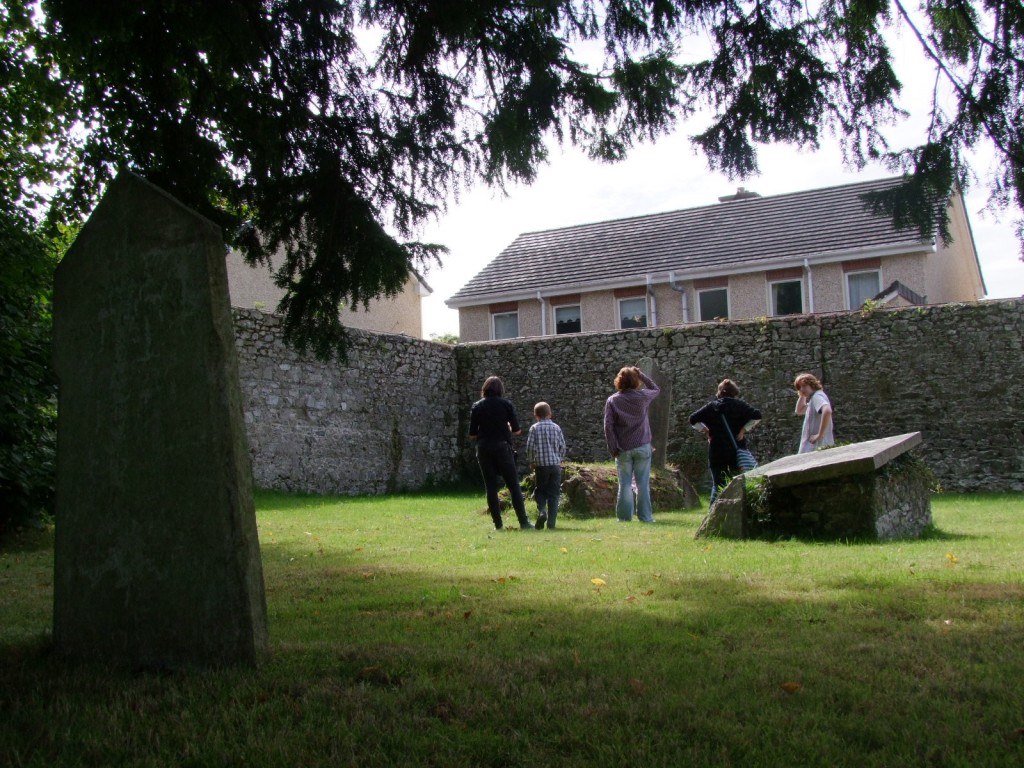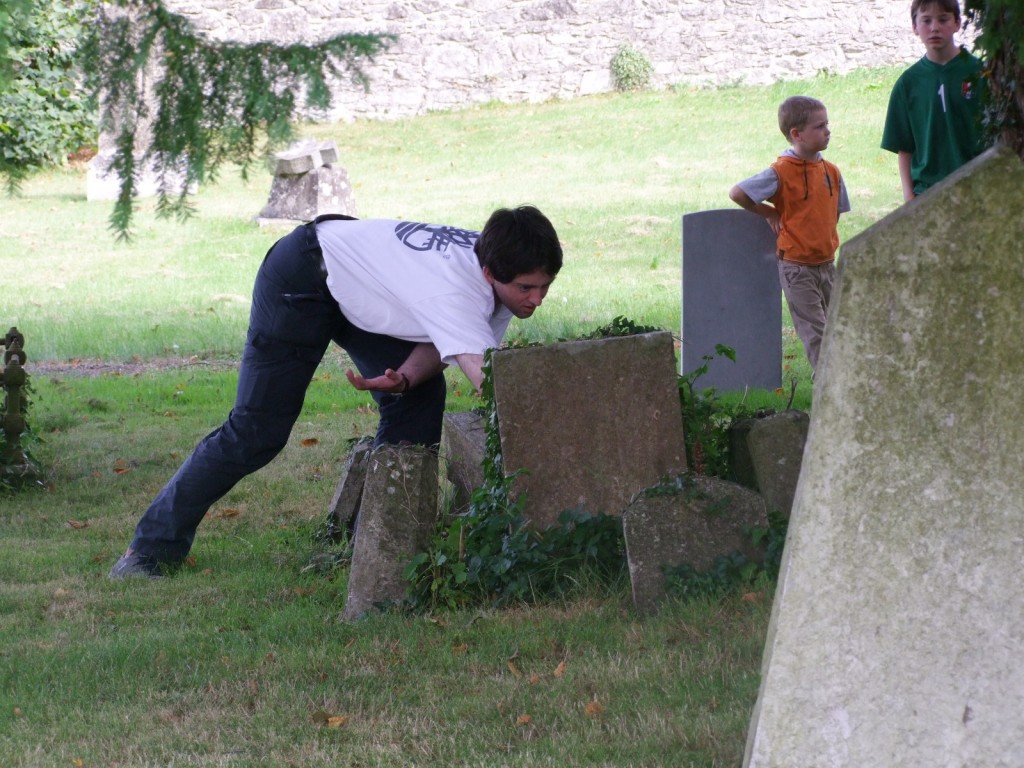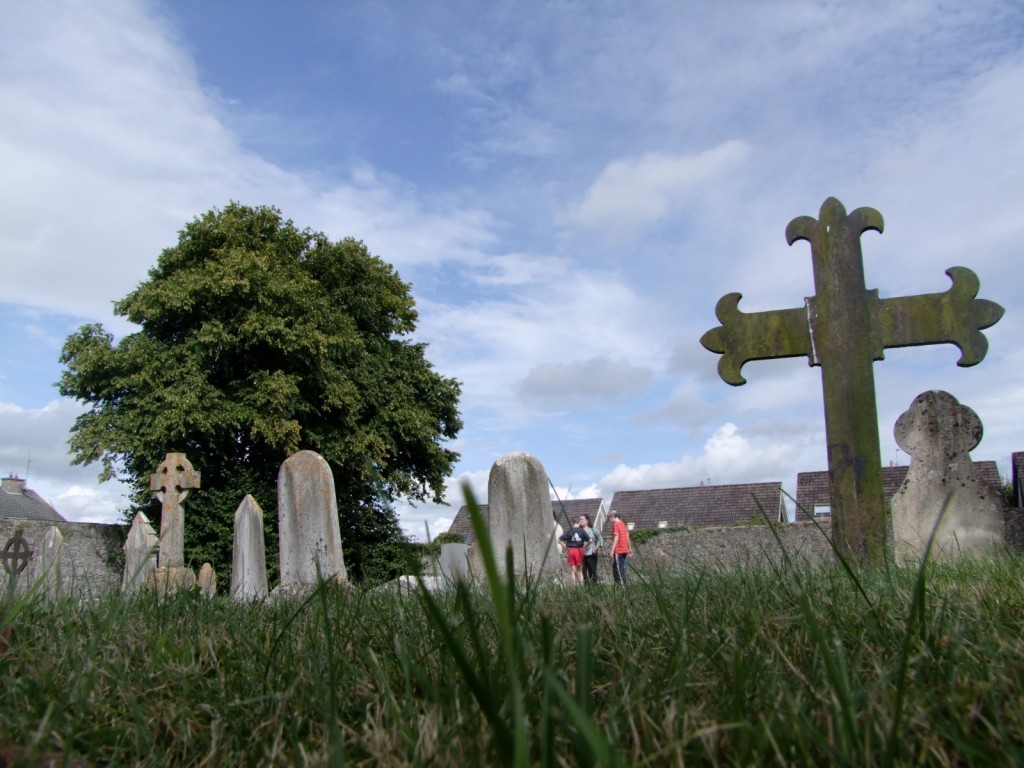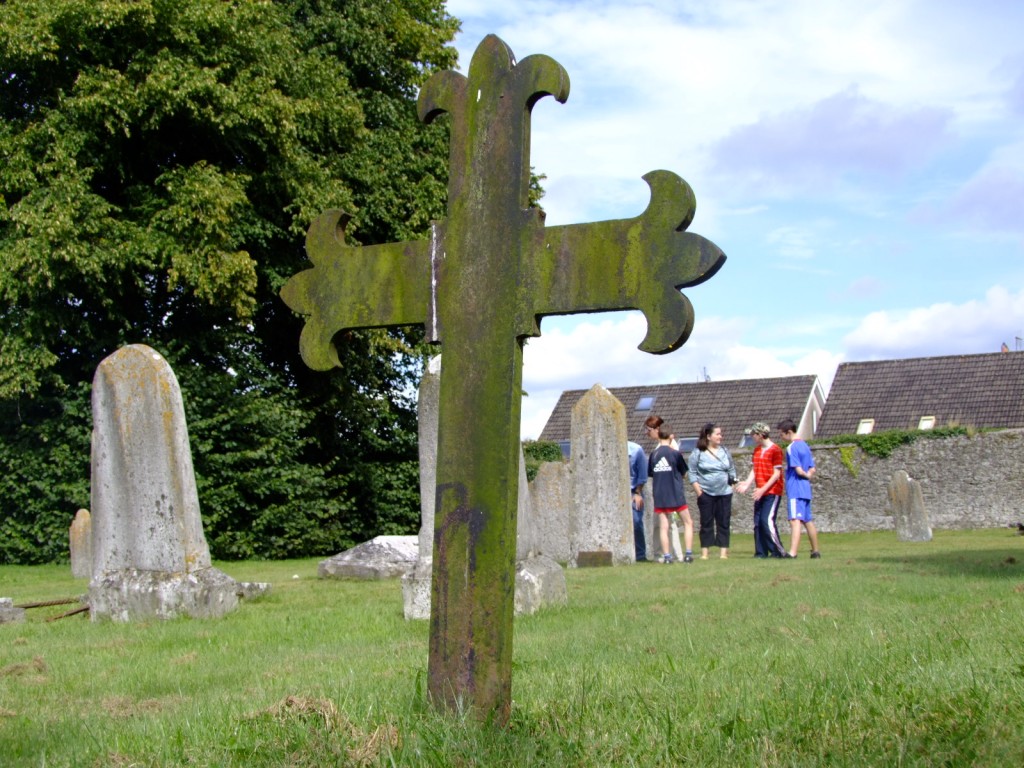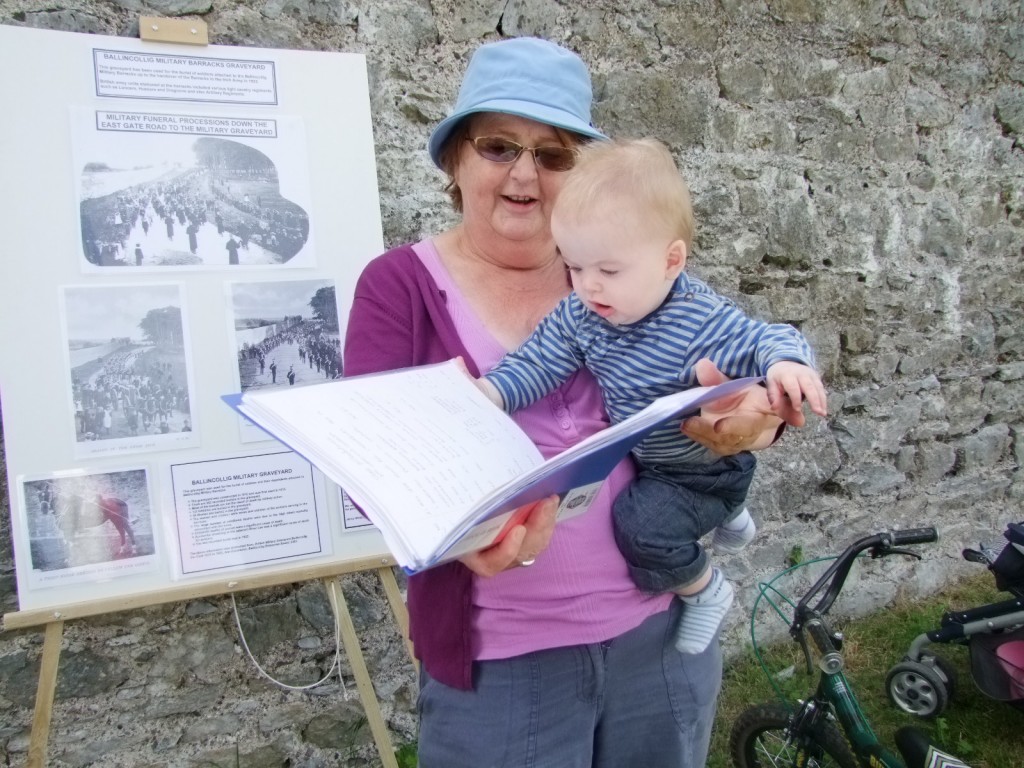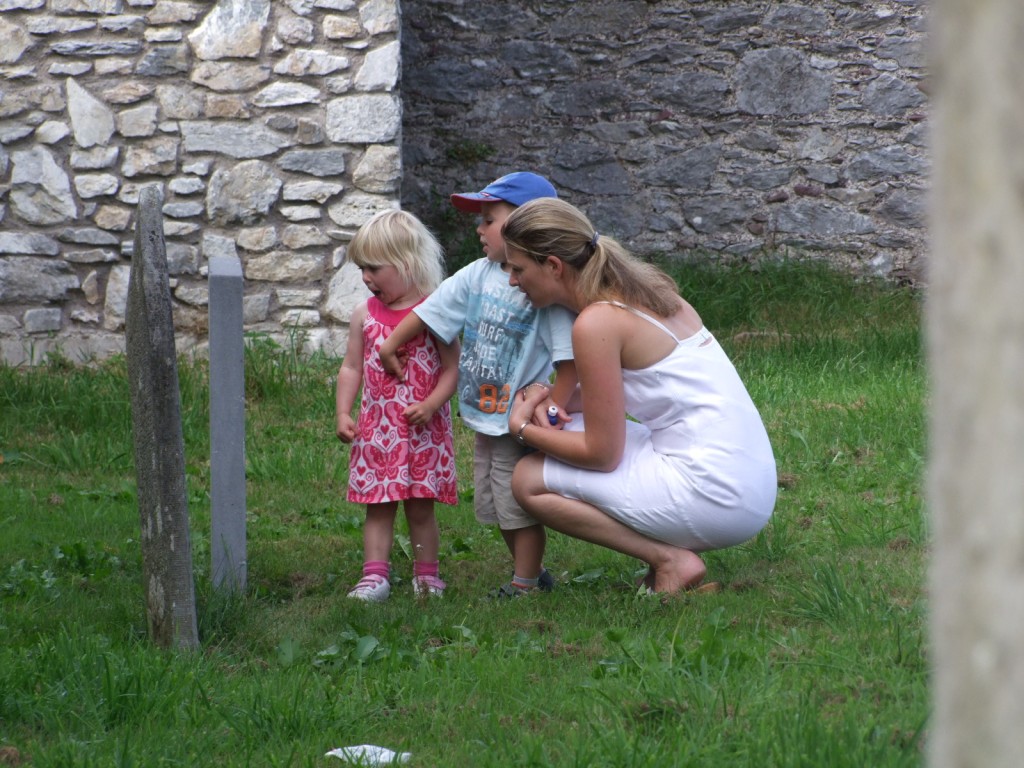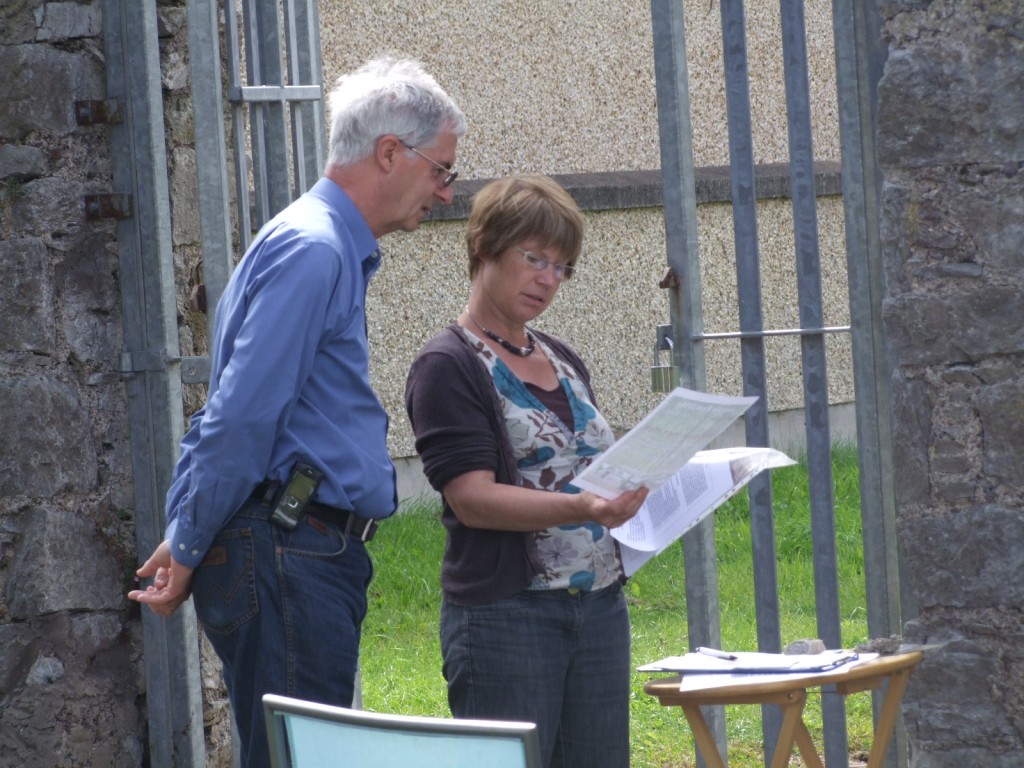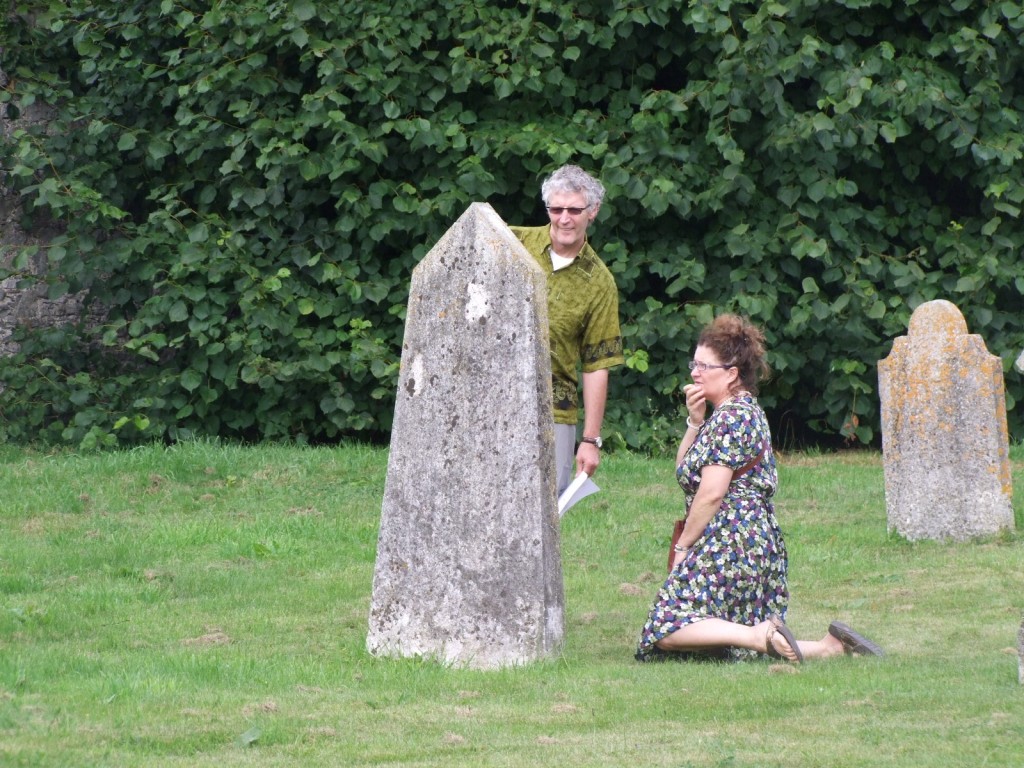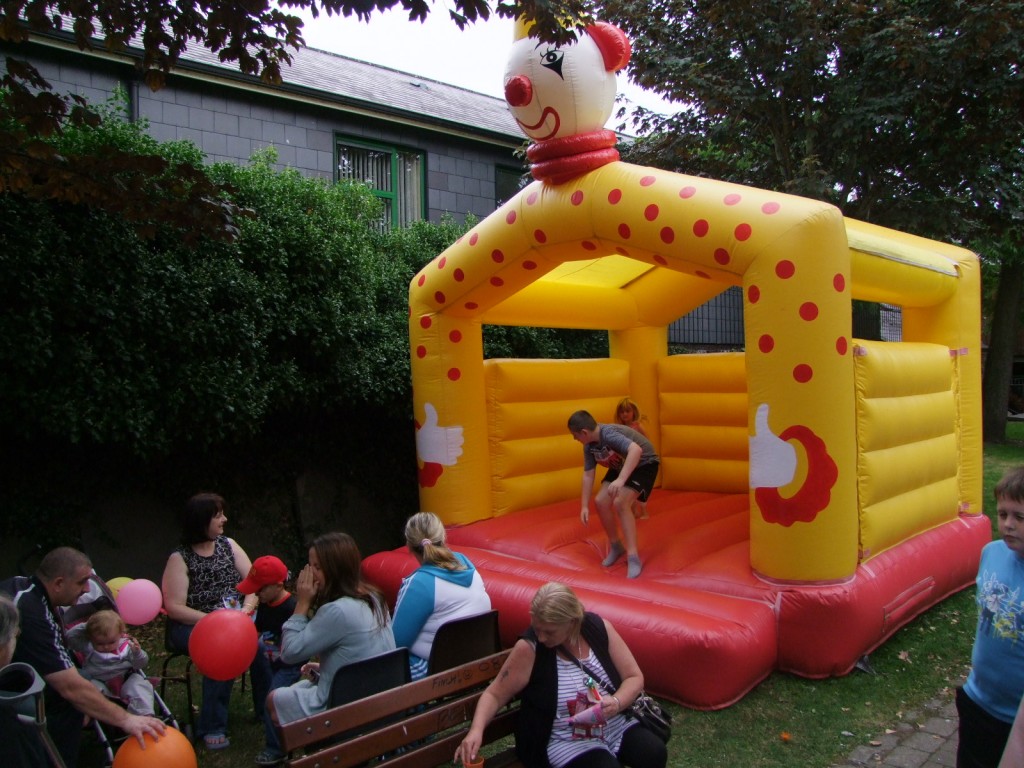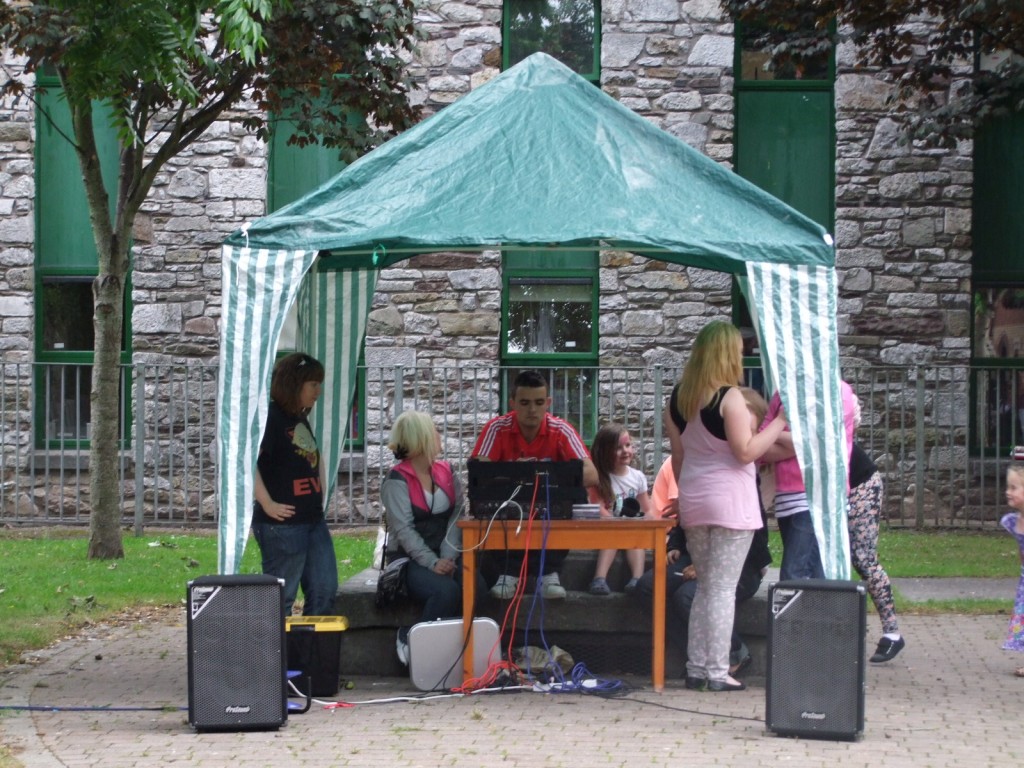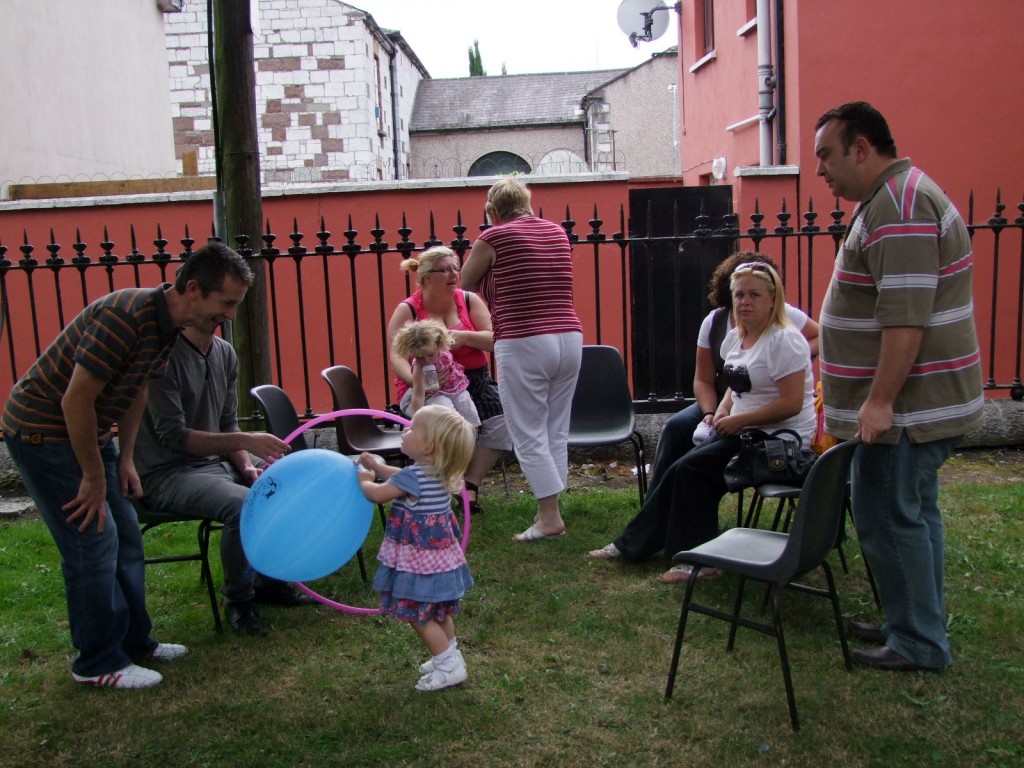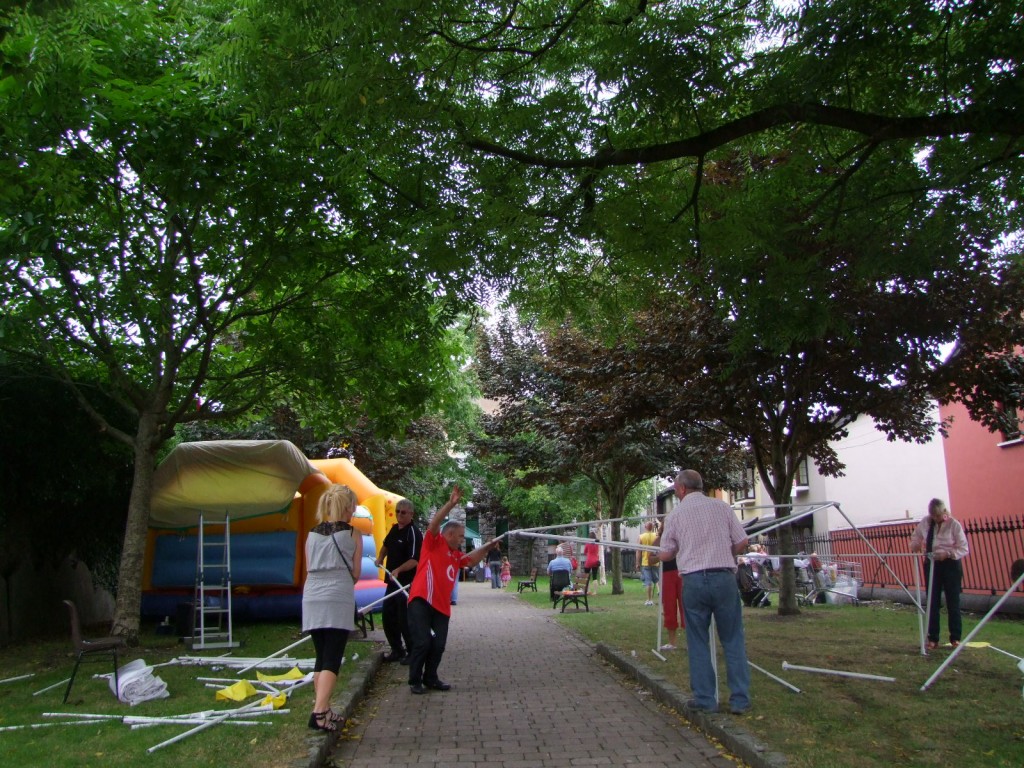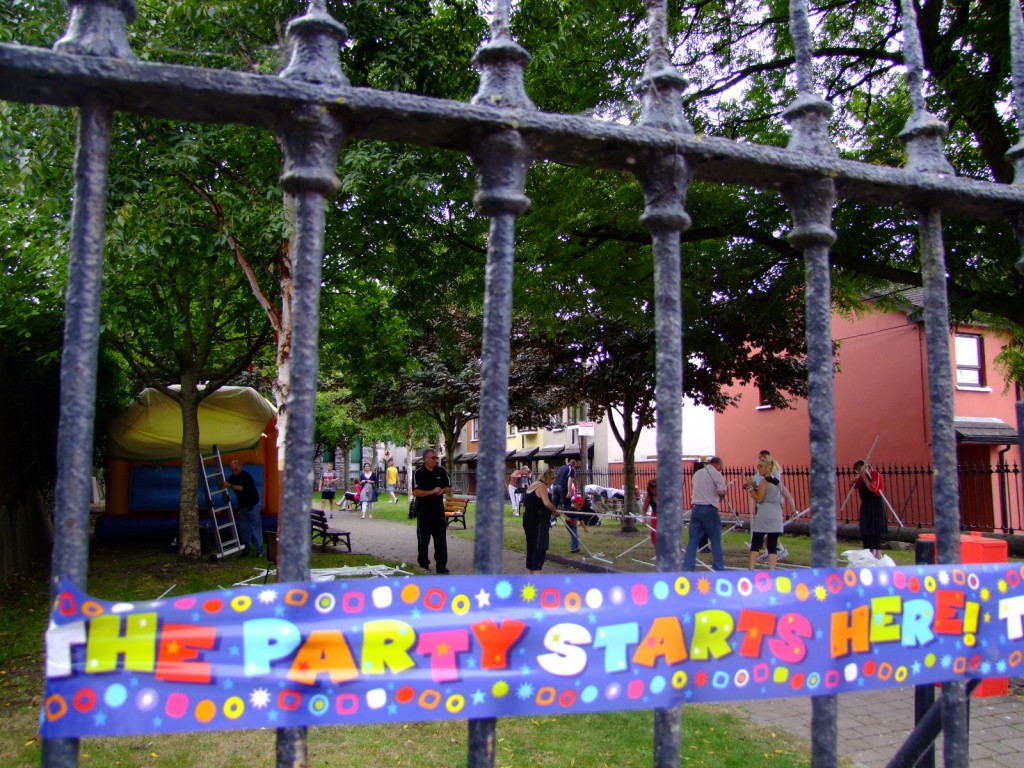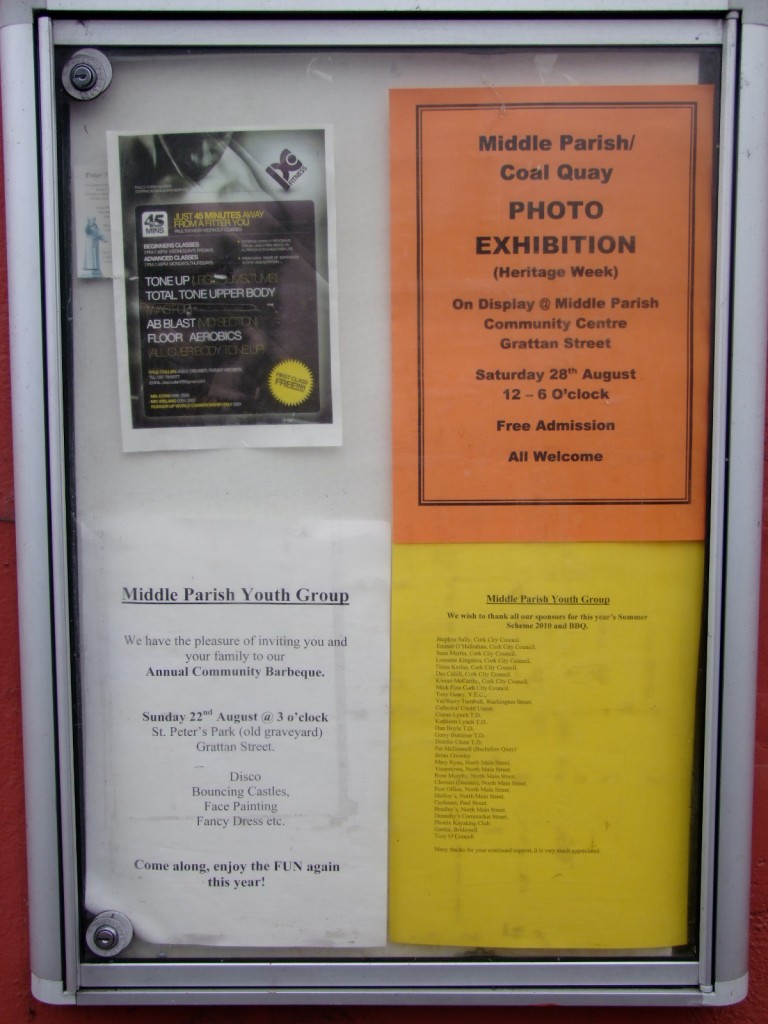
Kieran’s Our City, Our Town– 9 September 2010
In the Footsteps of St. Finbarre (Part 227)
A Politics of Remembering
“Every week that passes make the prospect of a satisfactory settlement more difficult, and anger, instead of being appeased, appears to grow and become more acute. This desperate situation is rendered all the more deplorable by the fact that no light appears on the horizon to indicate the coming of a brighter day” (Cork Examiner, Thursday, 24 March, 1921).
The Cork Examiner gives just one lens to explore the Irish War of Independence. Through the newspaper, one cannot help seeing terms such as instability, struggle, tragedy, sacrifice, devotion, reverence, loss, truth, destruction, justice, anger, hurt, national identity, the call for peace all making headlines. However, the researcher also has to be careful of this source. It did report what happened and on occasion one can see the relevant journalist also did not have or perhaps was not given the full story or just one side of the story was presented. However, as noted last week, reading the newspapers at the time do give an insight into a frightening world but also a world where you begin to question right and wrong.
From the perspective of 2010, it’s easy to go with just one side of the story of the Ballycannon experience. It is perhaps too easy to bypass a number of levels of remembering – the eye witness accounts, the Irish government perspective that declared its own independence, the nature of the proclaimed war against Britain, the story of the young Ballycannon people and their role as Volunteers in Guerilla warfare, the story of the British soldier whose job was to track down these young men, apprehend them or kill them, the negotiation that went on in the yard at the Kerrypike farmstead before the six Volunteers were shot, the story of the persons who gave the orders to fire on them, the coroner’s report, the perspective of the families left behind on the deceased side (some still living on Blarney Street), the story of the making of the memorial and its unveiling in 1945 to the story of the current O’Regan family who maintain the memorial in Kerrypike. In truth, each of the above contested levels of remembering require multiple articles if one is digging for the truth of the event.
However, for me the Ballycannon killings of 23 March 1921 seem to represent a tragedy. The memories of the event have spread through the decades through continuous telling of the killing of the six young men. The memorial was also part of a number of memorials invested in by the Irish government and smaller groups to create a memory of the War of Independence, a memory of the foundation of the Irish Free State. Even with that, there is a politics to what is remembered and what memories are invested in. I think what strikes me is how complex the politics of remembering is and how complex its construction is especially in light of the Irish War of Independence. How it is difficult to gauge the mentality of multiple sides of the argument without offending those who have a vested interest in the narrative and memory of the six young men killed.
The Ballycannon tragedy must also be viewed in the broader context of what was happening elsewhere. During the eight months leading up until the Truce of July 1921, there was a spiralling of the death toll in the conflict, with 1,000 people including the RIC police, British military, IRA volunteers and civilians, being killed in the months between January and July 1921 alone. This represents about 70% of the total casualties for the entire three-year conflict. In addition, 4,500 IRA personnel (or suspected sympathisers) were interned in this time. In the middle of this violence, the Dáil formally declared war on Britain in March 1921. Between 1 November 1920 and 7 June 1921 twenty four men were executed by the British. On 19 March 1921, four days before the Kerrypike incident Tom Barry’s 100-strong West Cork IRA unit fought a large-scale action against 1,200 British troops – the Crossbarry Ambush. Barry’s men narrowly avoided being trapped by converging British columns and inflicted between ten and thirty killed on the British side. About 100 Irish Republican Army (IRA) volunteers escaped an attempt by over 1,300 British forces to encircle them. During the hour-long battle three to six IRA volunteers were killed.
However, with all this in mind, standing at the Ballycannon memorial on a recent sunny Sunday evening I had the newspaper accounts in my hand and a number of books on eyewitness accounts. I sat, paused and reflected on these times. At that point in time, the memorial for me became a place which engendered a feeling of loss somewhere in me for the past of the region. In truth, for me, the memorial seemed to try to induce me to remember and confront the tragic memories represented by the memorial. It is indeed a place where the history of Ireland is played out over and over again to those who stop to find out about the narrative. How Ireland comes to terms with such tragedies seems to boil down to time and healing and what should one remember and forget in moving Ireland’s identity forward.
To be continued…
Captions:
556a. Kerrypike Road to Cork, Ballycannon memorial on left (picture: Kieran McCarthy, August 2010)
556b. Unveiling of Ballycannon memorial in 1945 (source: Cork City Library)
